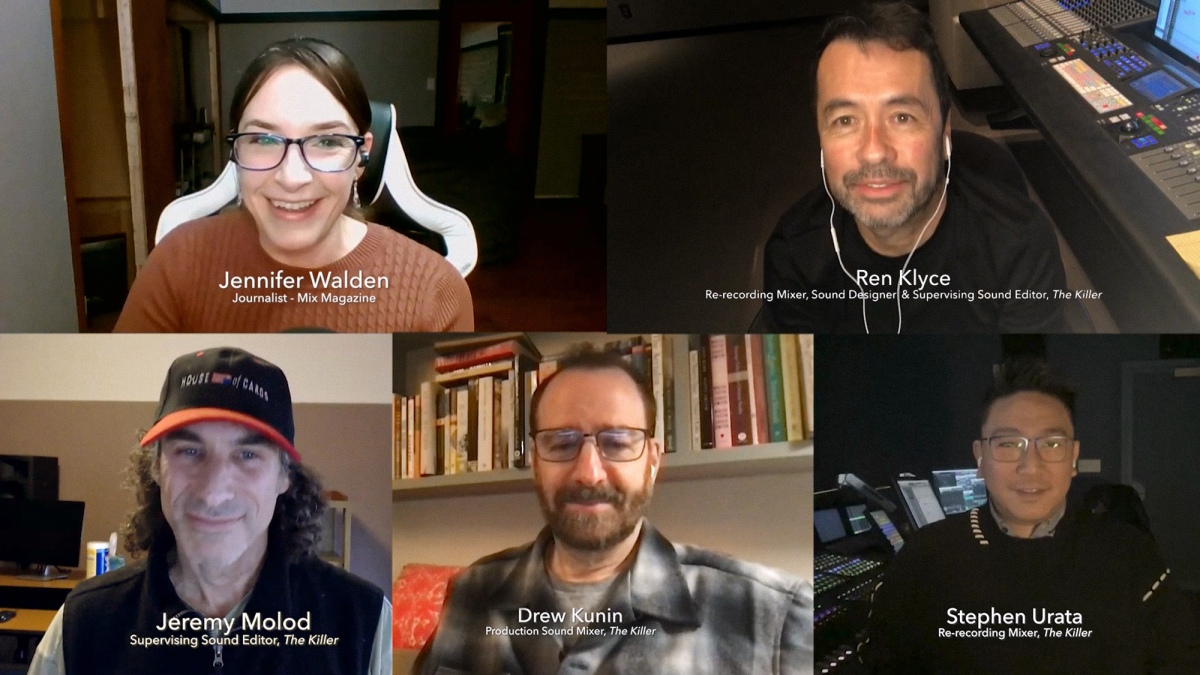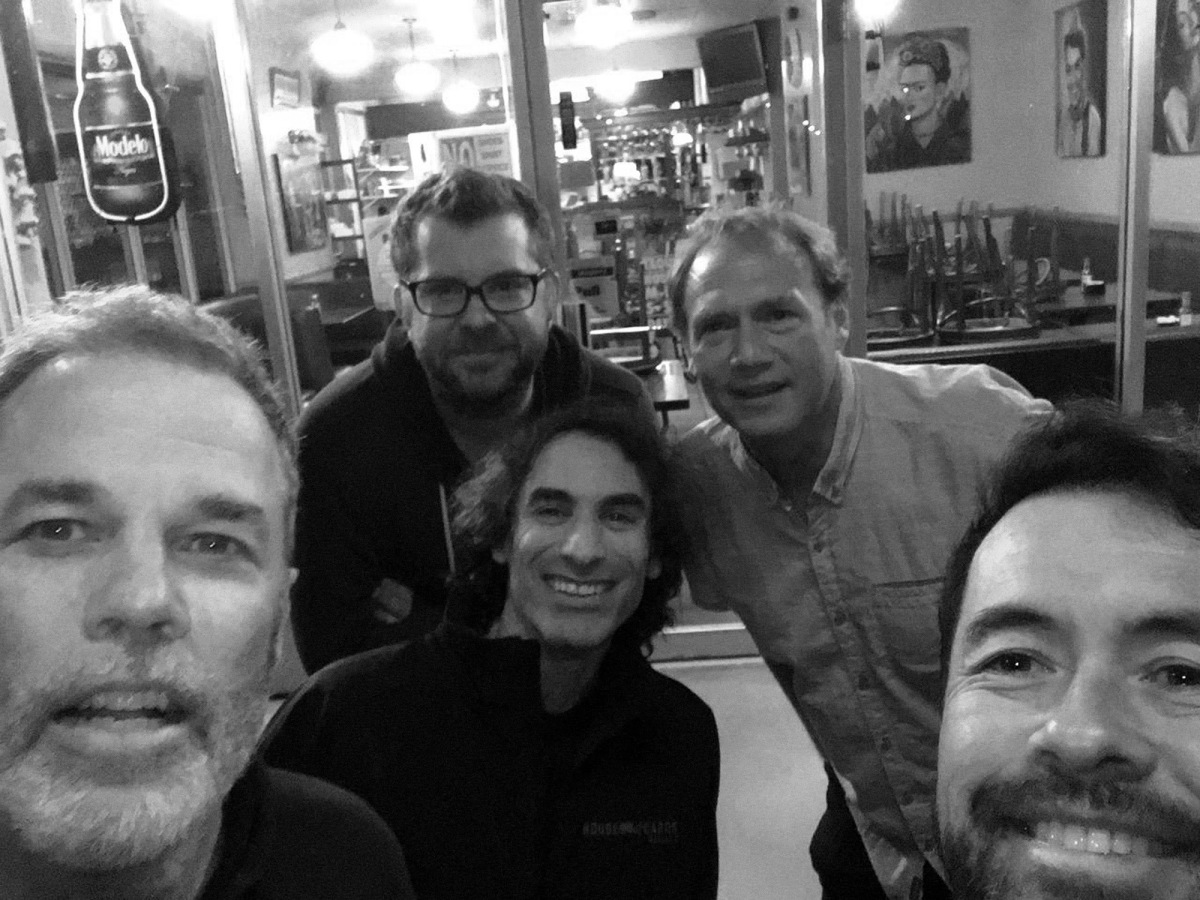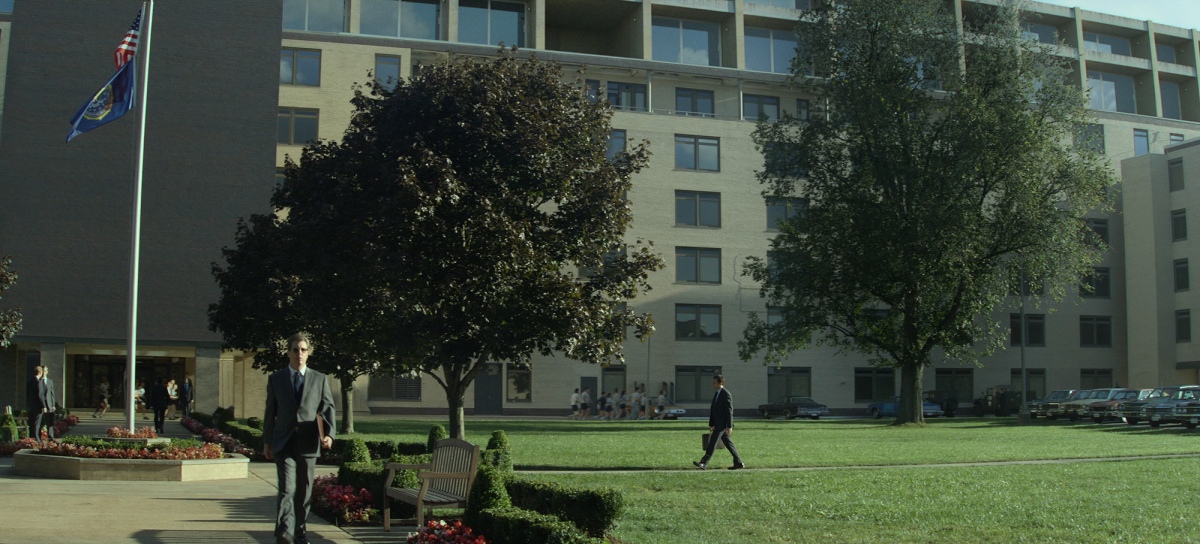E.T. was jello in a T-shirt. The Mummy was scratchy potpourri. For Foley artists, deception is an essential part of the enterprise.
Anna Wiener
June 27, 2022
The New Yorker
The salvage yard at M. Maselli & Sons, in Petaluma, California, is made up of six acres of angle irons, block pulleys, doorplates, digging tools, motors, fencing, tubing, reels, spools, and rusted machinery. To the untrained eye, the place is a testament to the enduring power of American detritus, but to Foley artists—craftspeople who create custom sound effects for film, television, and video games—it’s a trove of potential props. On a recent morning, Shelley Roden and John Roesch, Foley artists who work at Skywalker Sound, the postproduction audio division of Lucasfilm, stood in the parking lot, considering the sonic properties of an enormous industrial hopper. “I’m looking for a resonator, and I need more ka-chunkers,” Roden, who is blond and in her late forties, said. A lazy Susan was also on the checklist—something to produce a smooth, swivelling sound. Roesch, a puffer-clad sexagenarian with white hair, had brought his truck, in the event of a large haul. The pair was joined by Scott Curtis, their Foley mixer, a bearded fiftysomething. Curtis was in the market for a squeaky hinge. “There was a door at the Paramount stage that had the best creak,” he said. “The funny thing was, the cleaning crew discovered this hinge squeak, and they lubricated the squeak—the hinge. It was never the same.”
Petaluma is a historically agricultural town, and that afternoon was the thirty-ninth annual Butter and Egg Days Parade; the air smelled of lavender and barbecued meat. Inside the yard, Curtis immediately gravitated toward a pile of what looked like millstones, or sanding wheels. He began rotating one against another, producing a gritty, high-pitched ring, like an elementary-school fire alarm. “The texture is great,” Roden said. She suggested that one of the wheels could be used as a sweetener—a sound that is subtly layered over another sound, to add dimension—for a high-tech roll-up door, or perhaps one made of stone. “It’s kinda chimey,” she said, wavering. “It has potential.” A few yards away, Curtis had moved on to a shelf of metal filing-cabinet drawers, freckled with rust. “We have so many metal boxes,” Roden said, and walked away.
“It’s kinda the squeak I was looking for,” Curtis said softly.
“Hey, guys, remember the ‘Black Panther’ area?” Roden called out. “Wanna explore?” She led the group past a rack of hanging chains, also rusted; Curtis lightly palmed a few in sequence, producing the pleasant rings of a tintinnabulum. Roden pointed to the spot where she had found a curved crowbar to create the sound of Vibranium—a fictional rare metal unique to the Marvel universe—before zeroing in on a rack of thimbles, clamps, nuts, bolts, and washers. The trio began knocking and tapping hardware together, producing a series of chimes, tinks, and clunks. Roesch, who calls himself an “audile”—someone who processes information in a primarily auditory manner, rather than in a visual or a material one—had unearthed a sceptre-like industrial tool with a moving part, and was rapidly sliding it back and forth. “Robot,” he said.
The bulk of the sound in film is typically added in postproduction. “I always say there’s sound effects, like footsteps, and then there’s music,” the director David Lynch, whose films are famous for their inventive, evocative sound design, said. “And then there’s sound effects that are like music. . . . They conjure a feeling.” Traditionally, “hard effects” cover ambient noises such as traffic or rain, or the more mechanical, combustive sounds of explosions and gunfire; they are usually pulled from libraries, or electronically produced. Foley effects are custom to a film, and are synchronized to characters’ movements. They might include the sound of someone walking across a room, rolling over in bed, stirring a pot, typing, fighting, dancing, eating, falling, or kissing. The line between the two kinds of effect is thin: Foley artists record the sound of a hand twisting a doorknob, but not the sound of the mechanism turning within. Foley is subtle but suggestive, capturing offstage bedsprings, or the shuffle of a clumsy intruder. In the past hundred years, technology has changed the process of recording, editing, and engineering sounds, but the techniques of Foley have remained stubbornly analog. Behind any given Foley effect, no matter how complex, are one or two people contorting their bodies in a soundproof room.
Foley artists have historically worked in pairs. (Certain sounds are so complex that they require the labor of four hands.) Roden and Roesch are two of the masters in their field. David Fincher, the director of movies including “The Social Network,” “Gone Girl,” and “Mank,” told me that Foley is “a very strange calling,” and “a dark art” foundational to filmmaking. “You’re trying to make beautiful sounds that make their point once and get the hell out of Dodge,” Fincher said. “The people who do it really, really well are few and far between.”
Read the full profile









